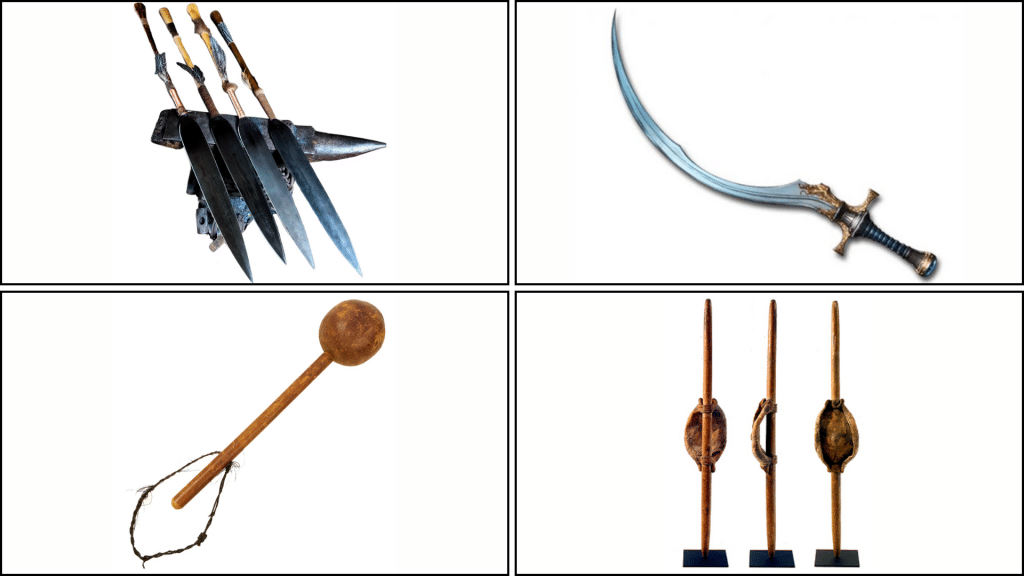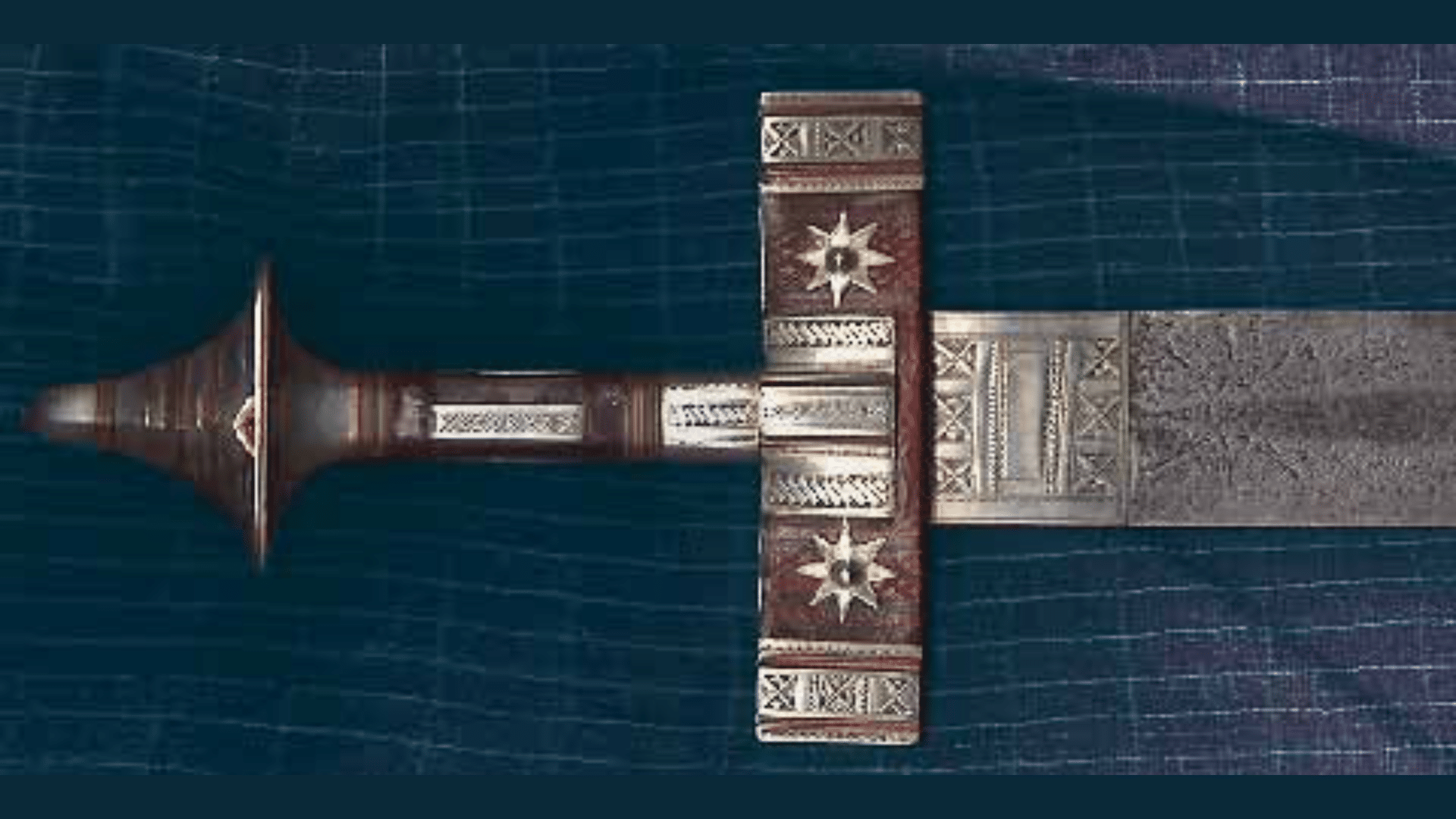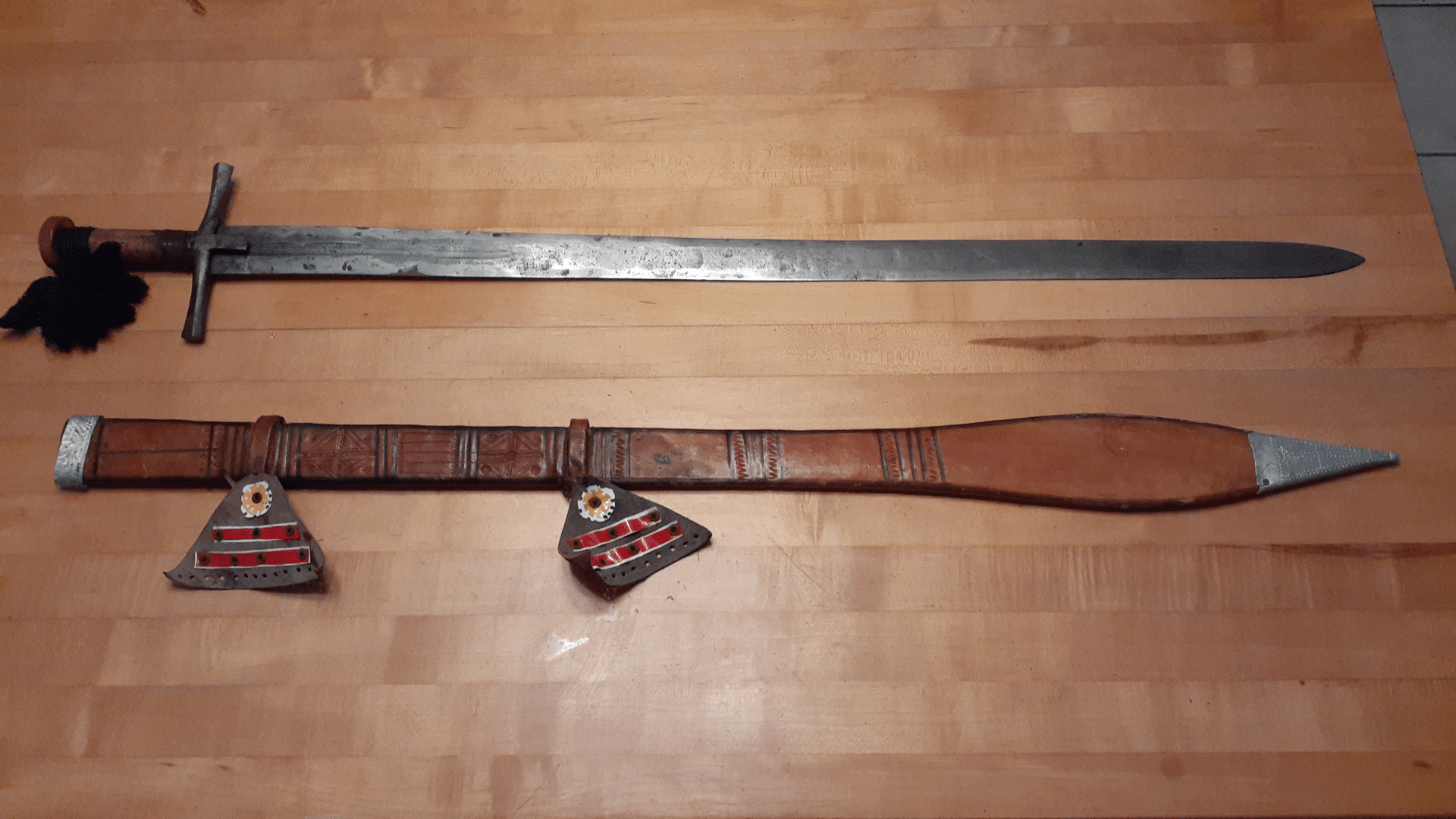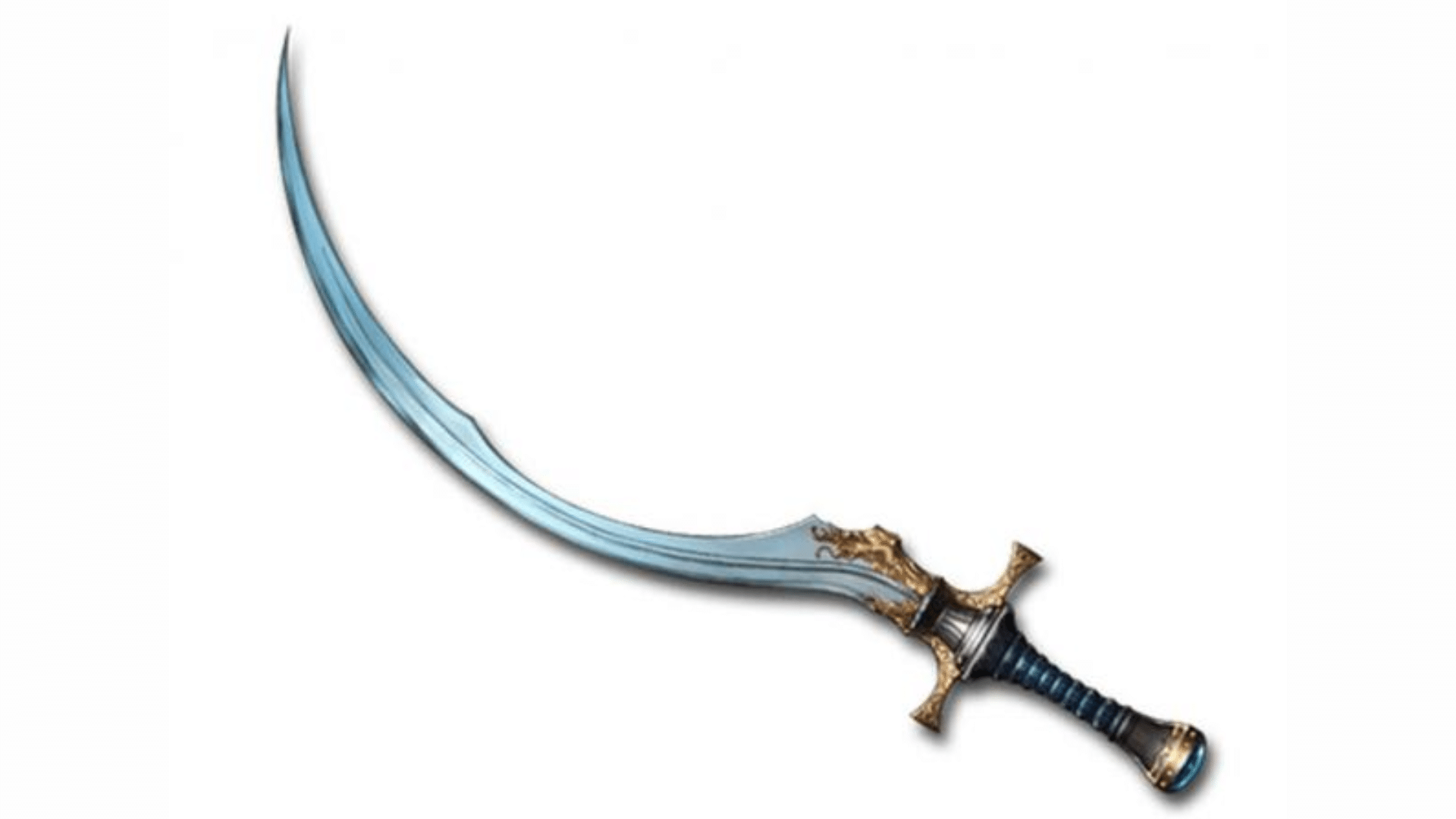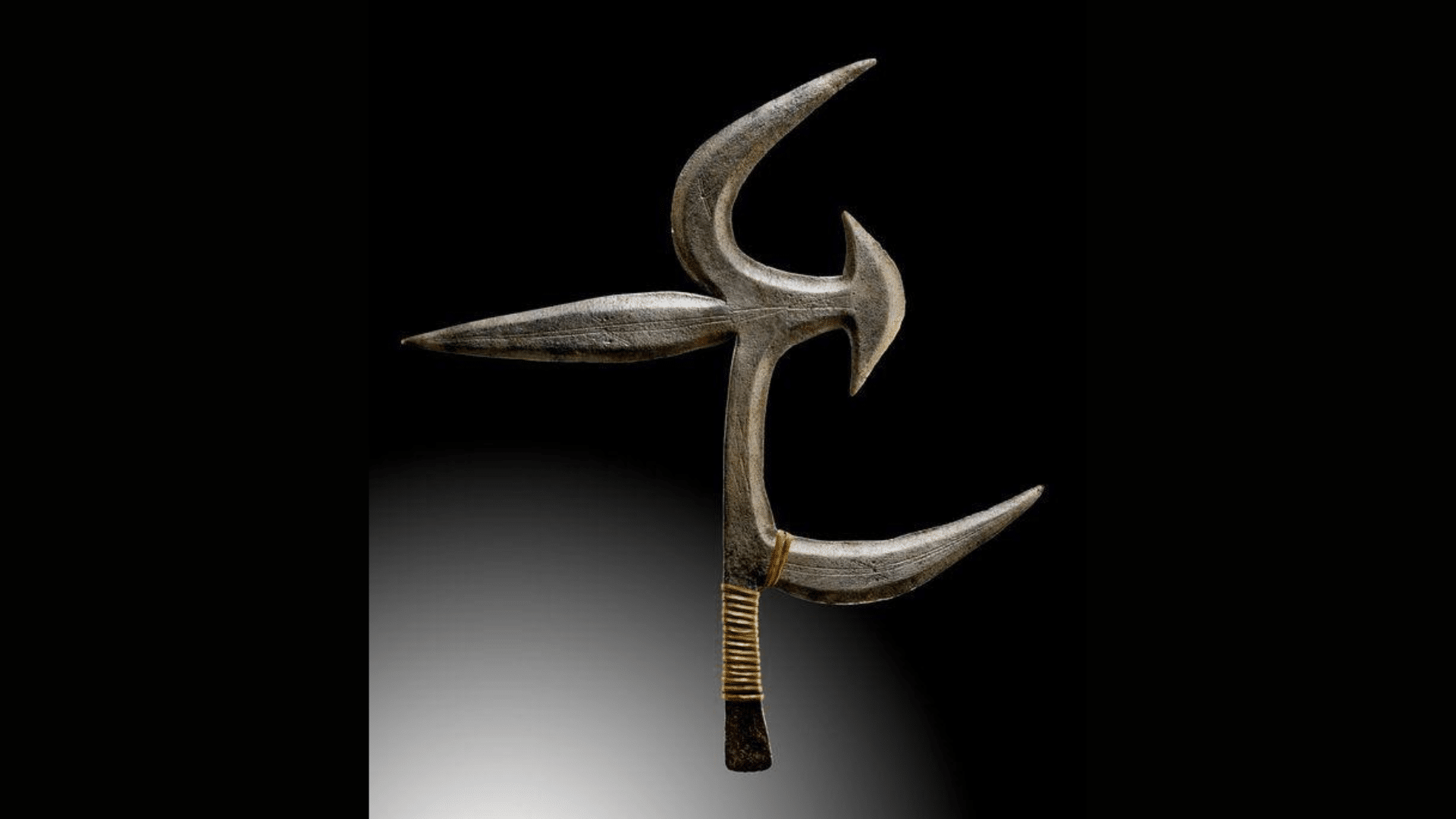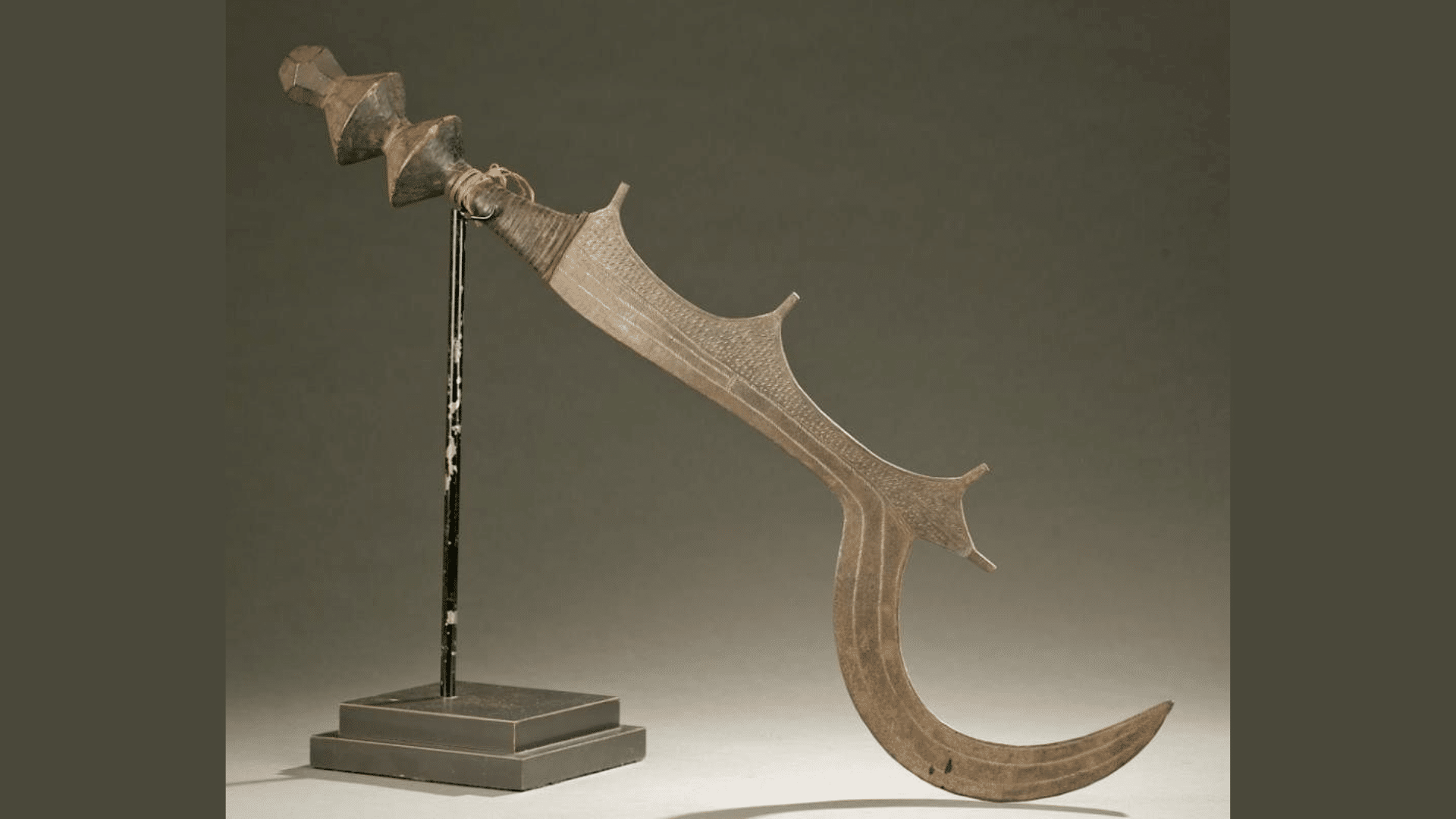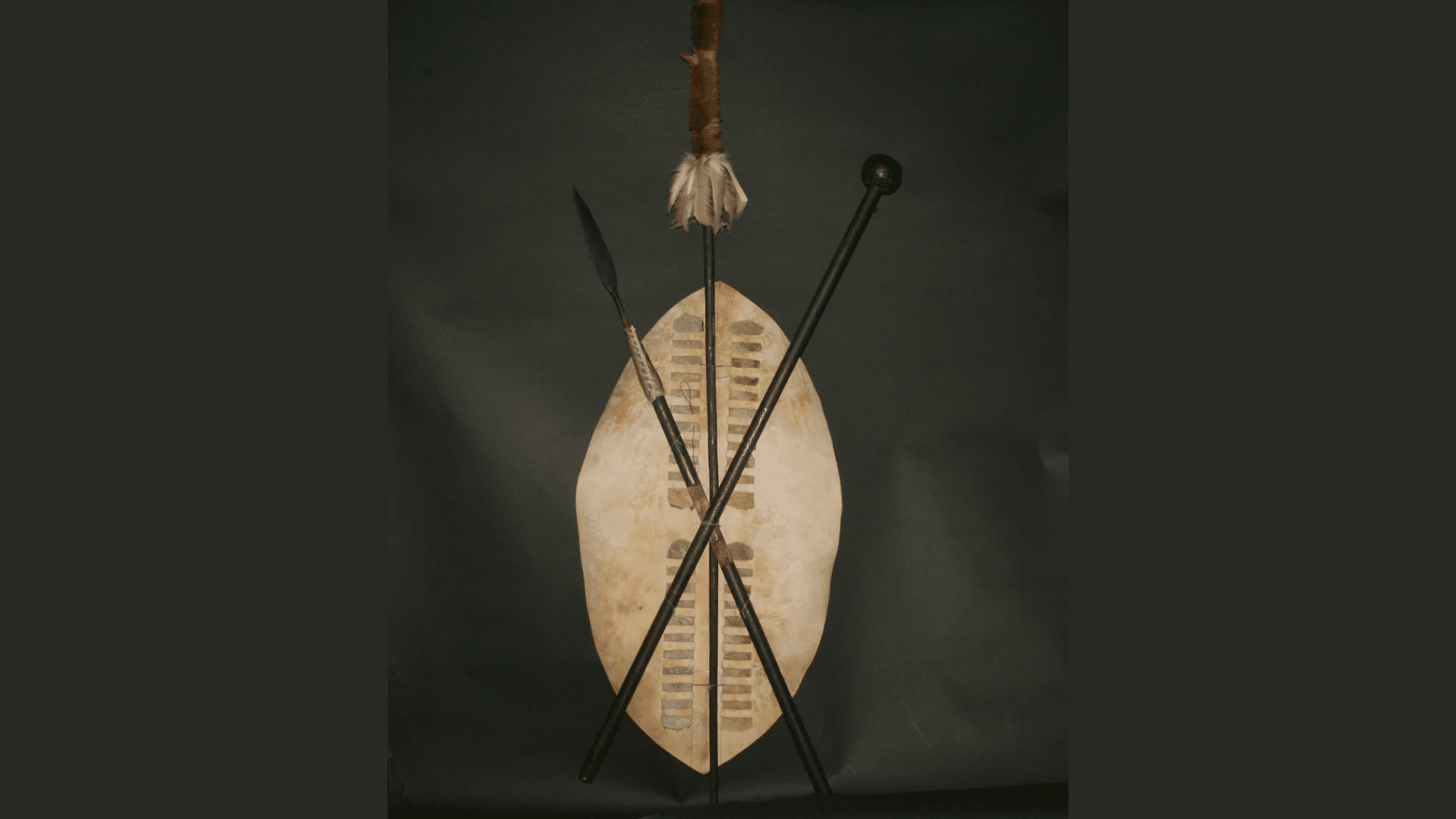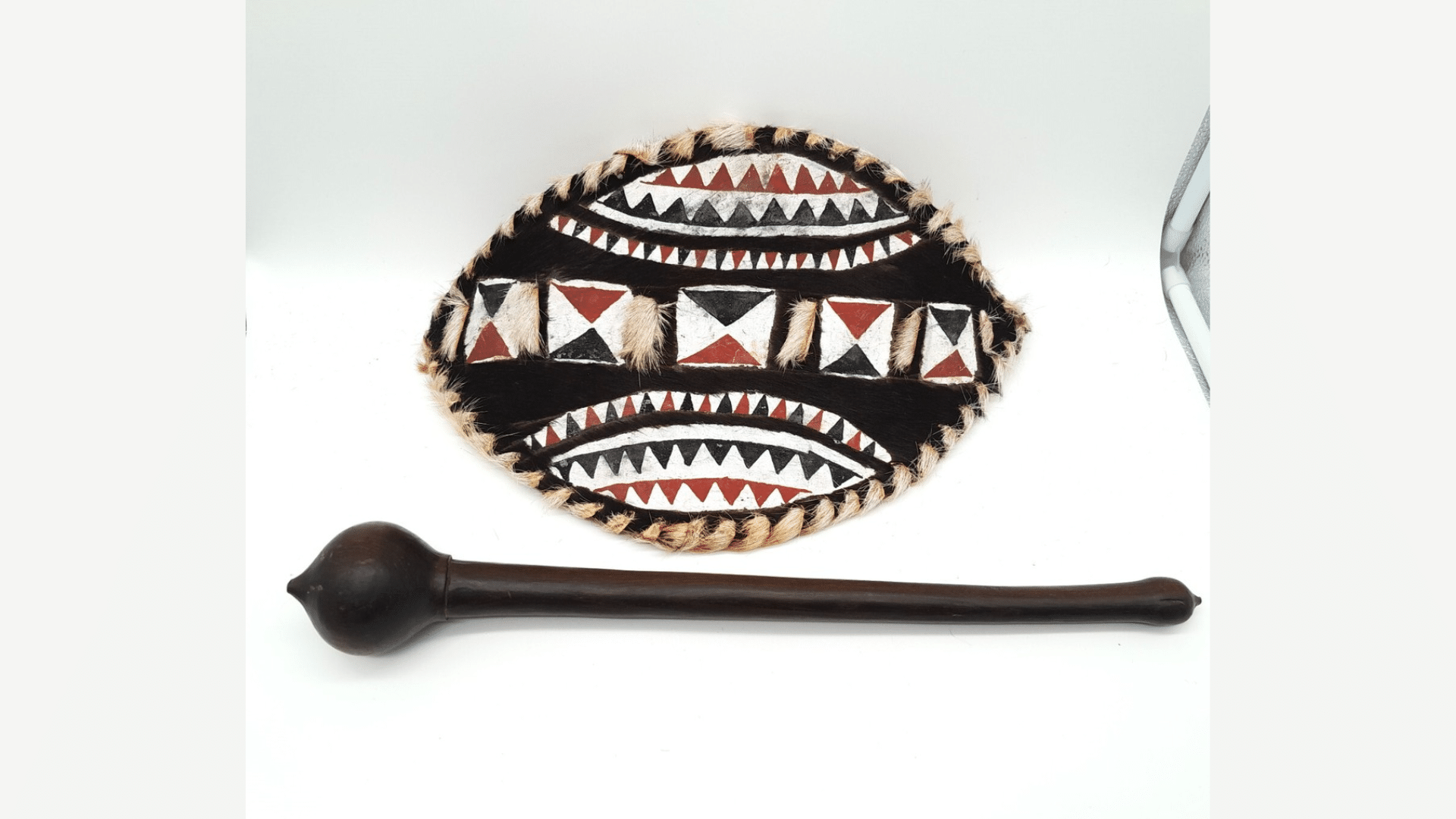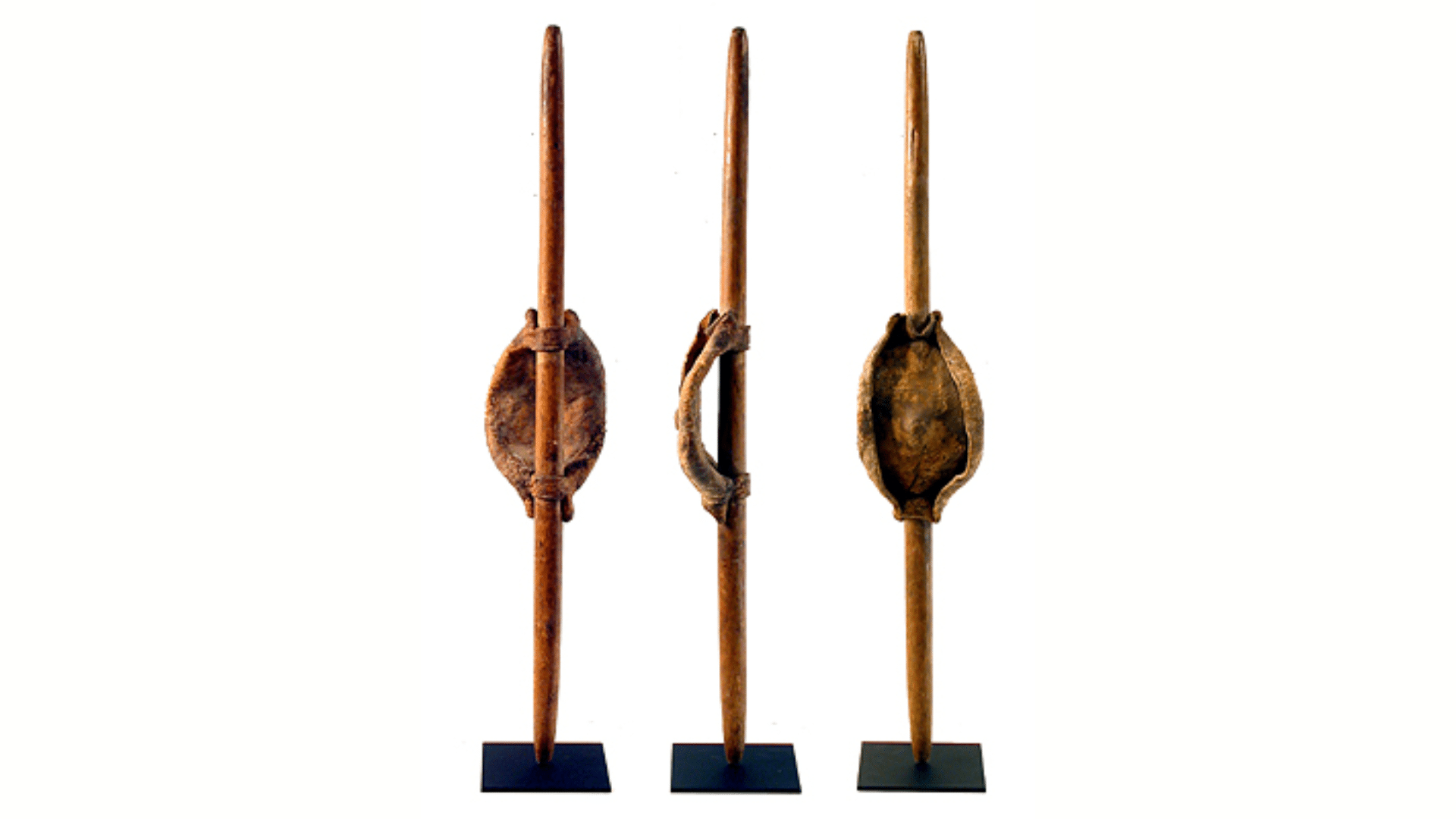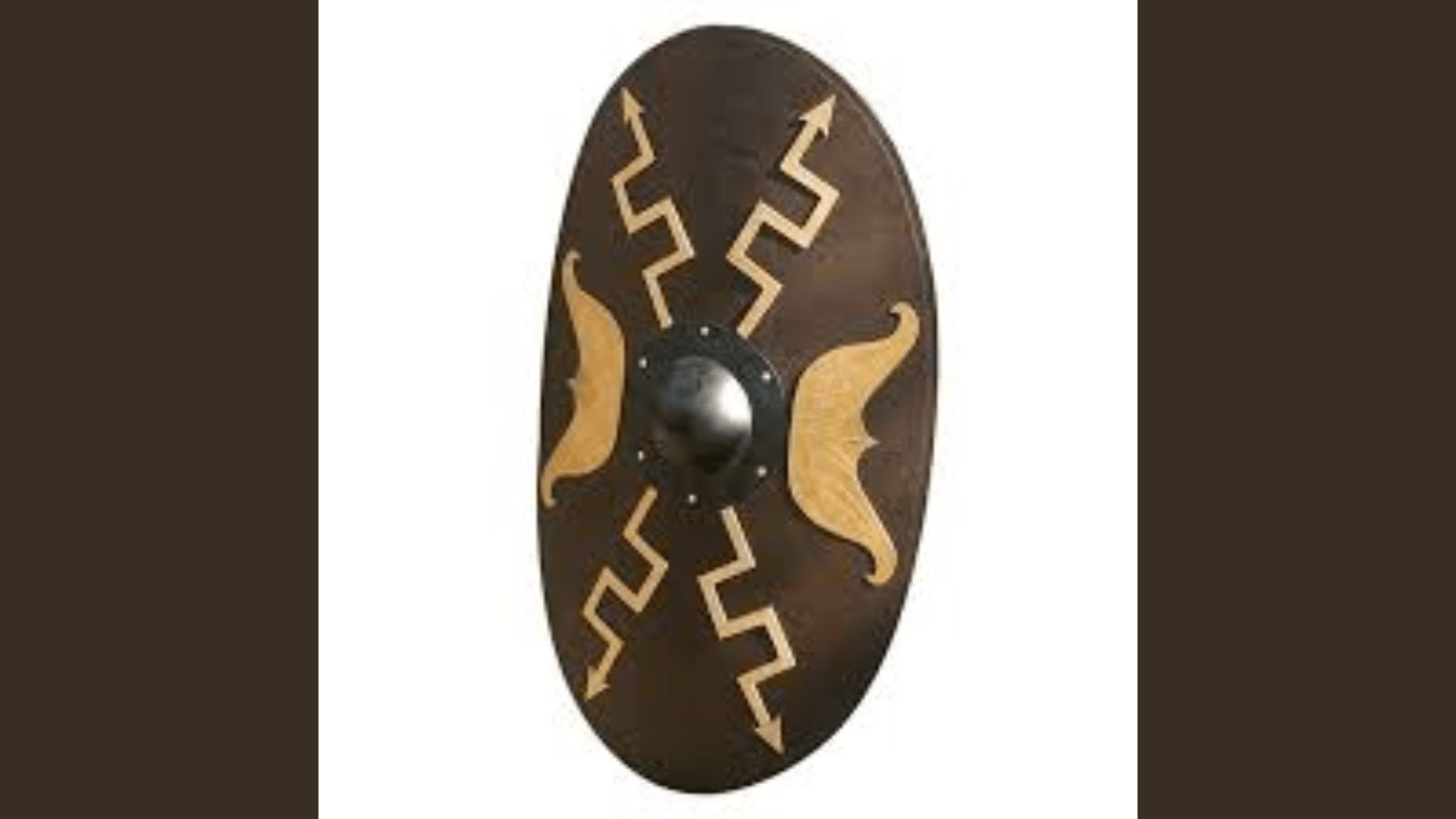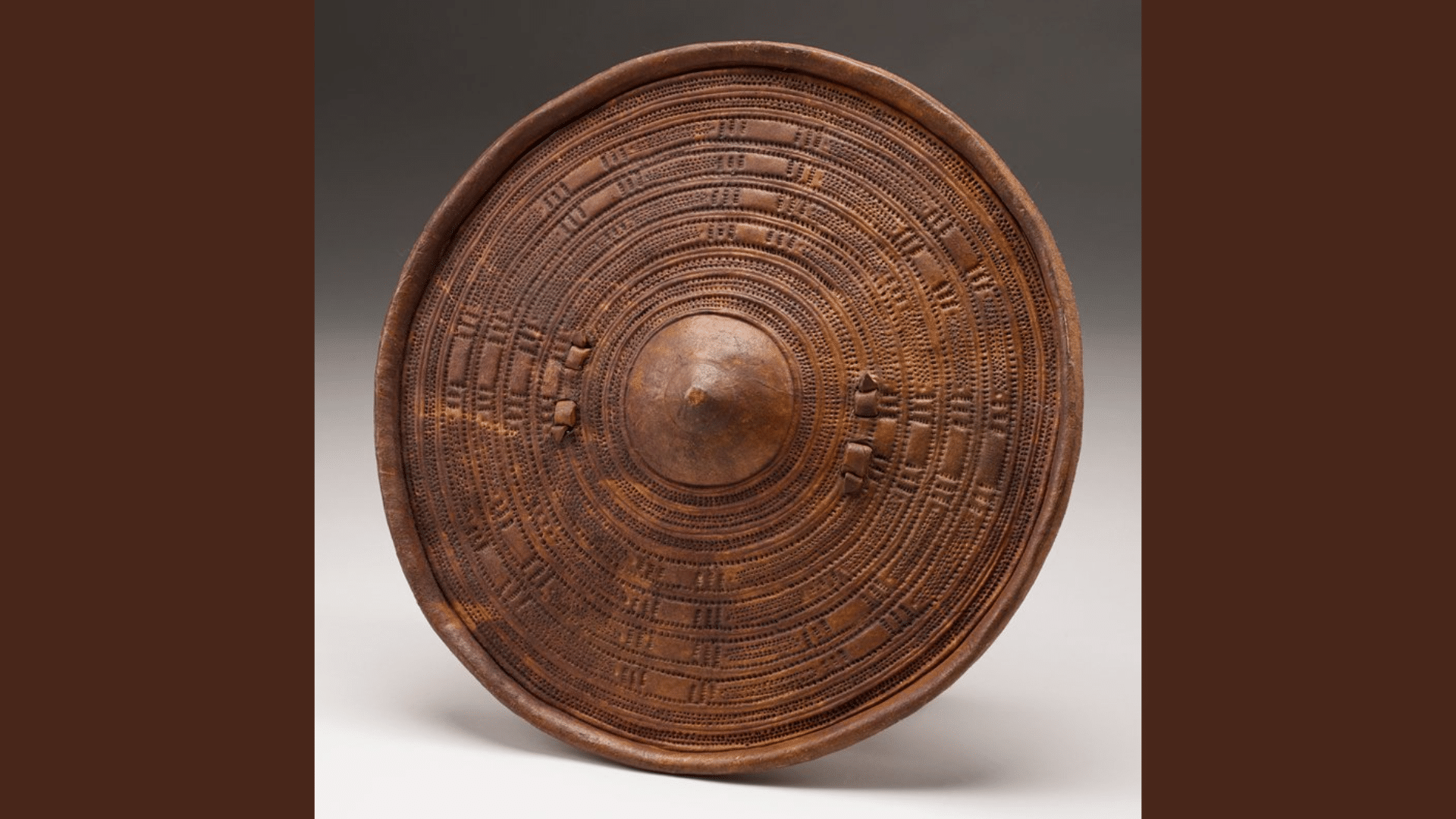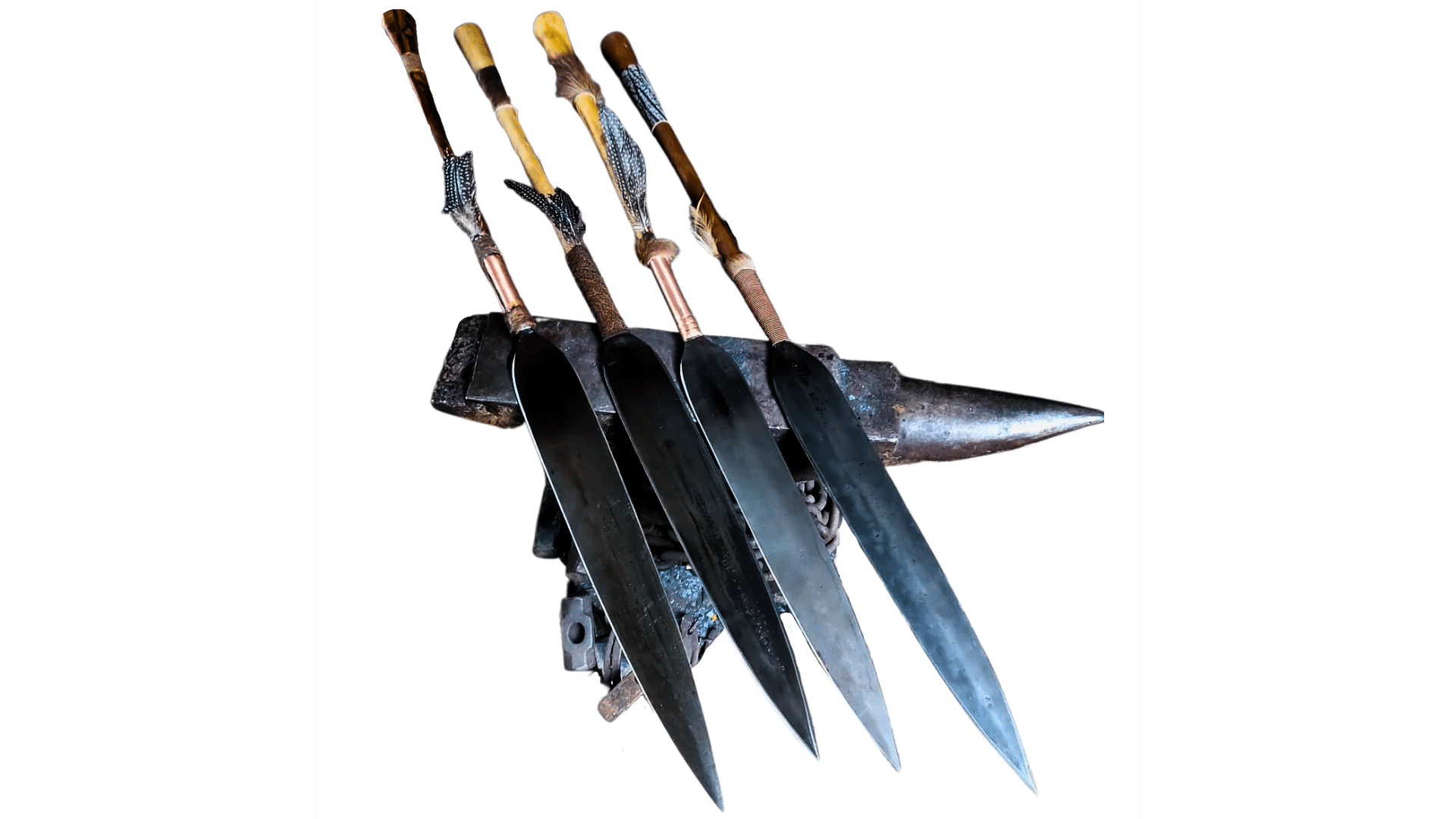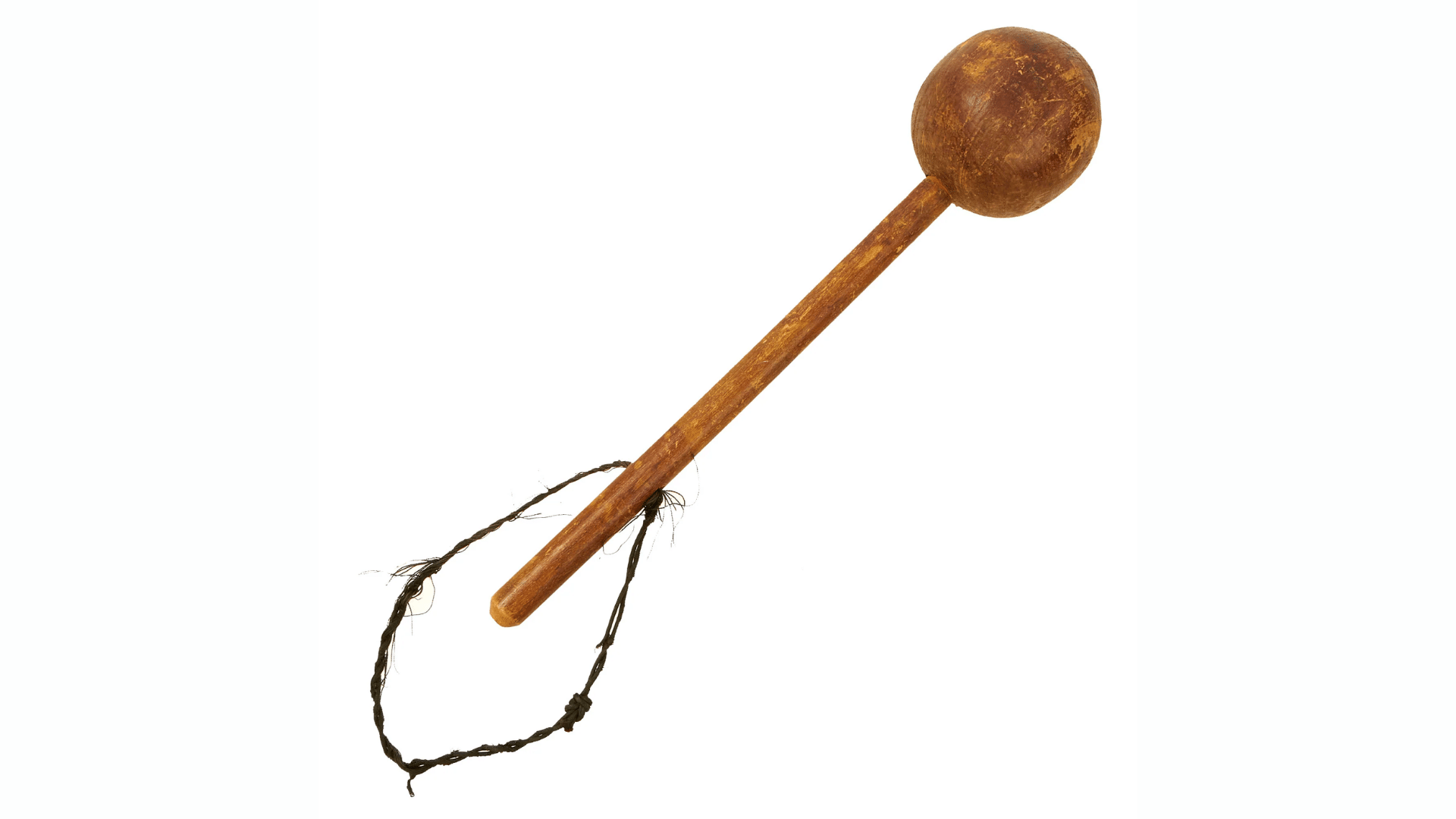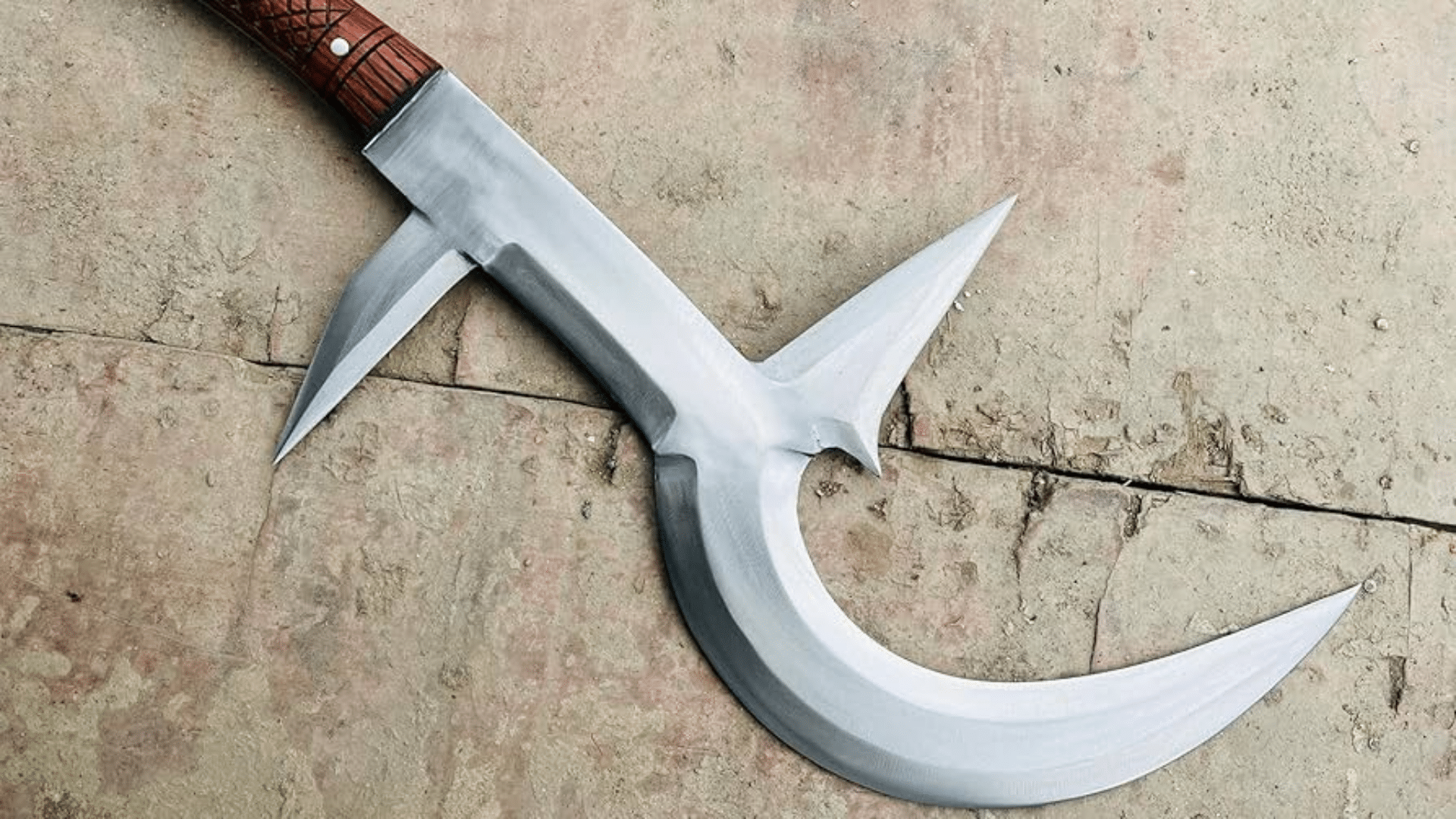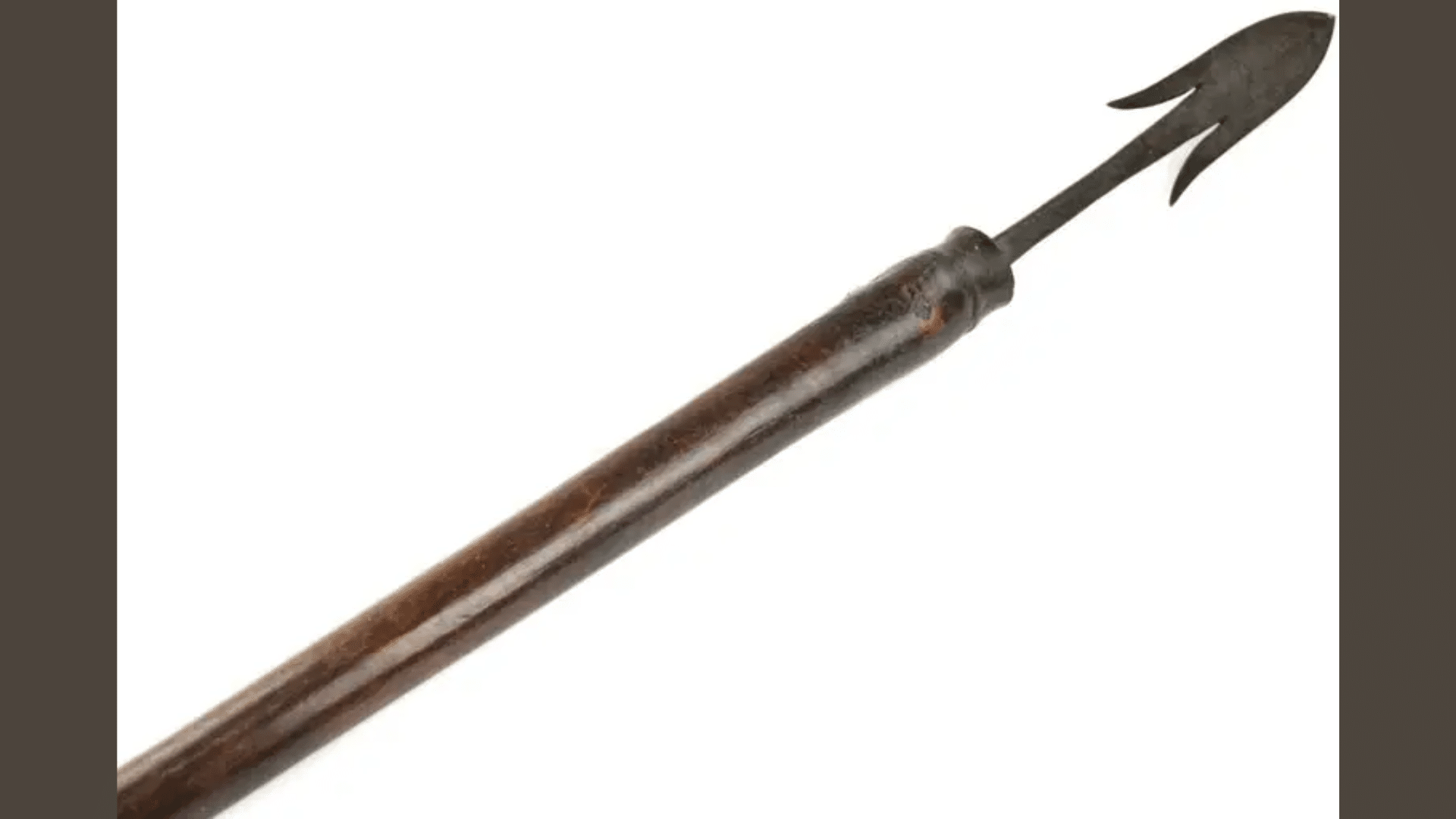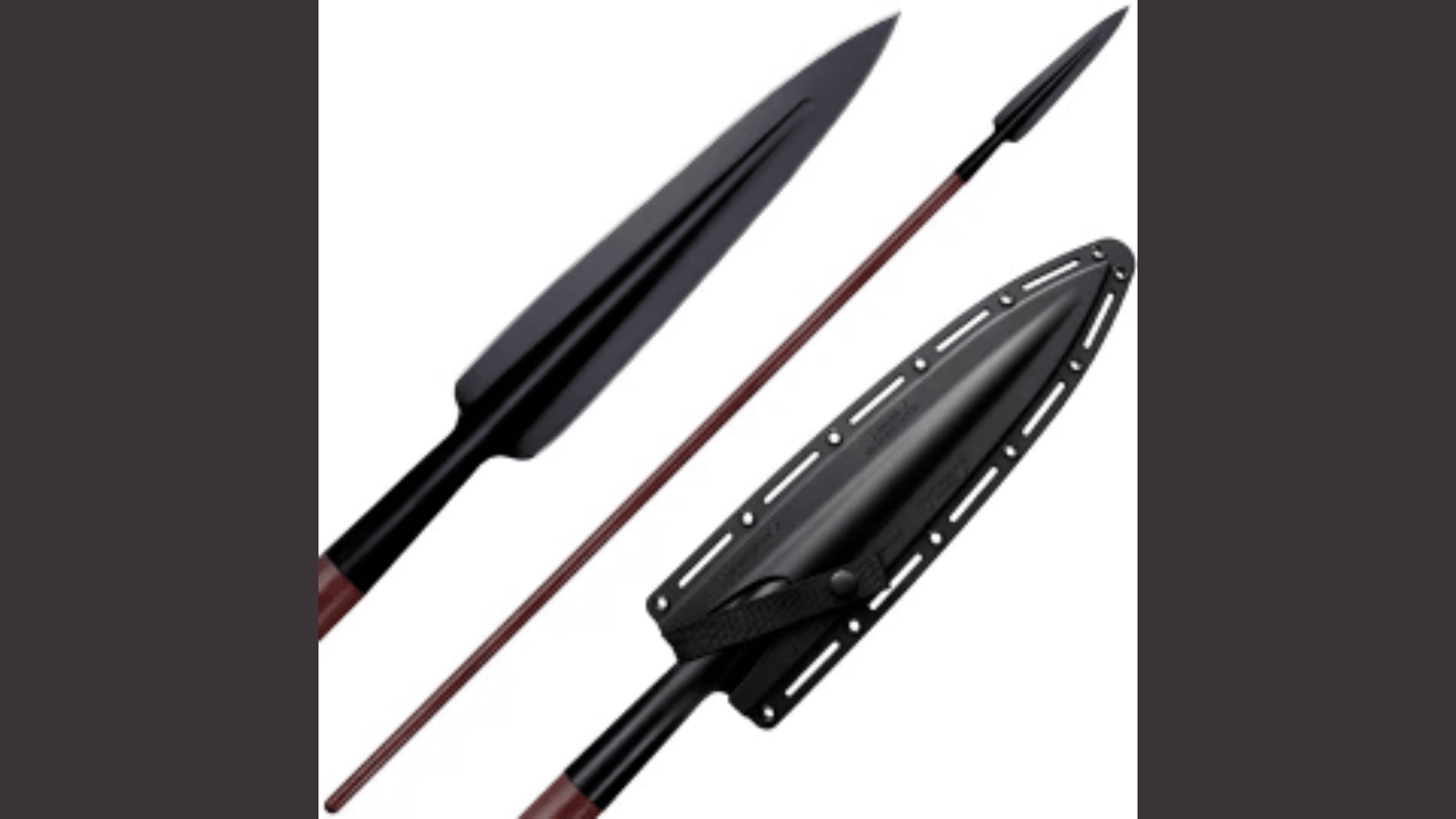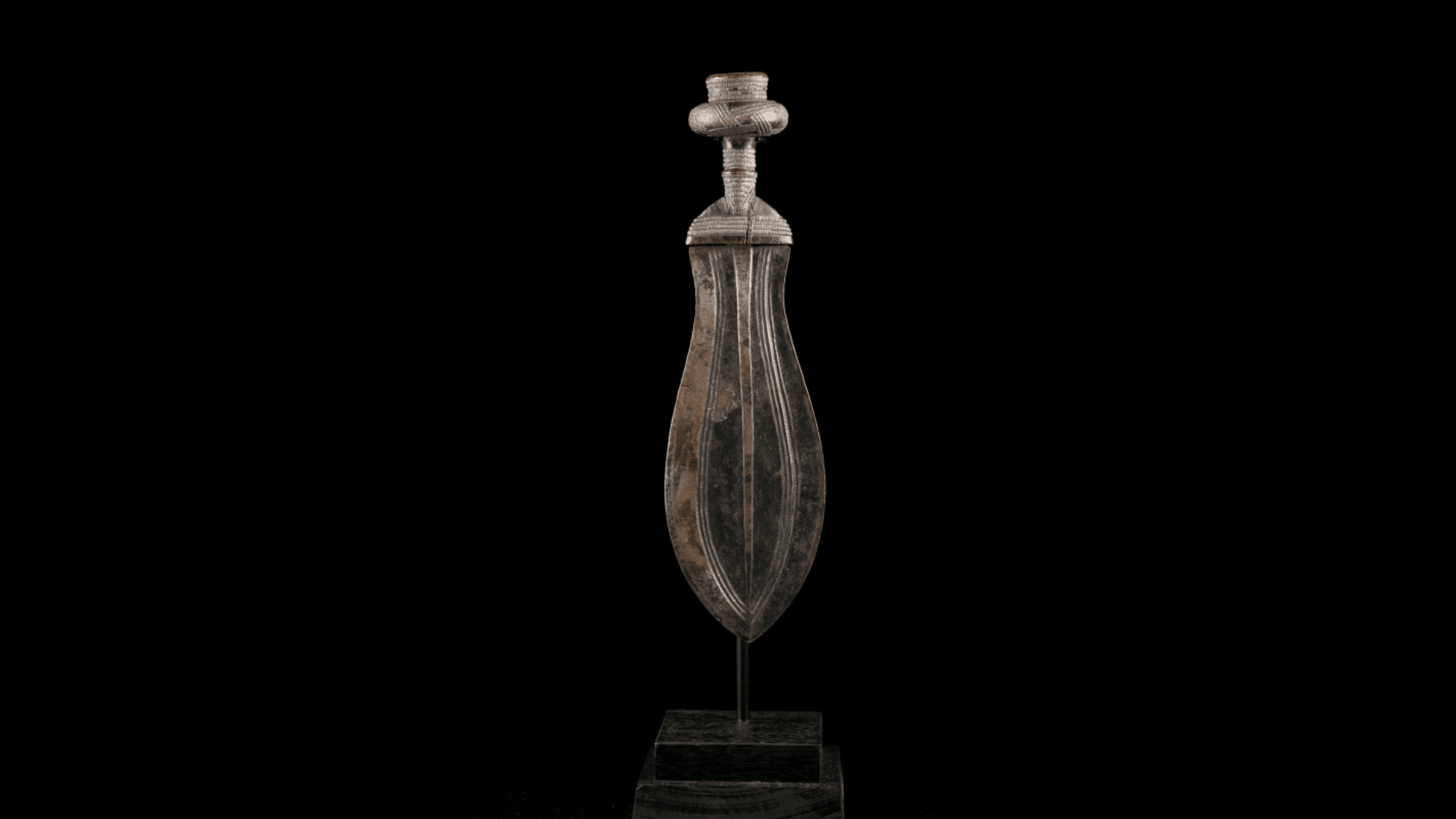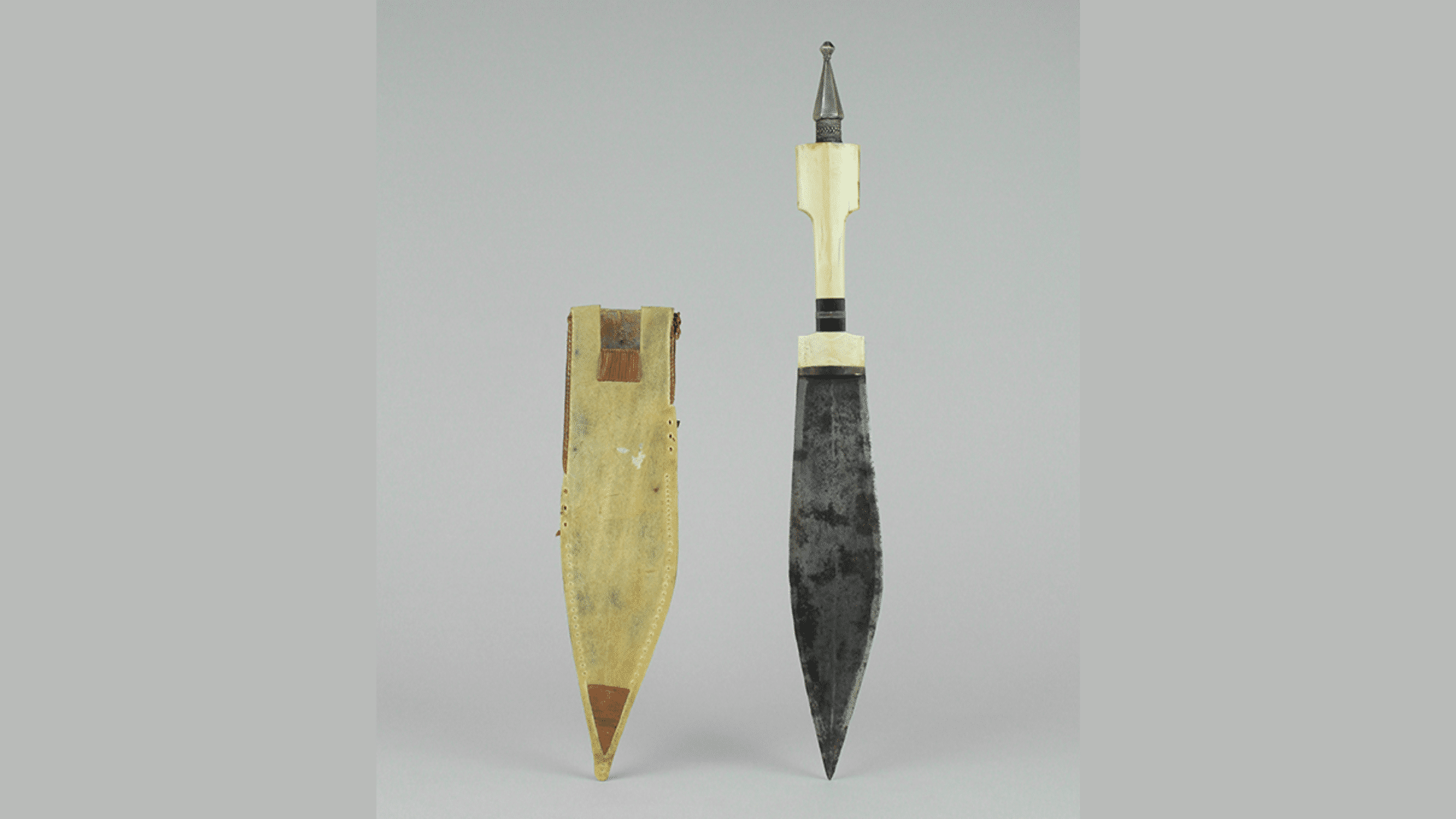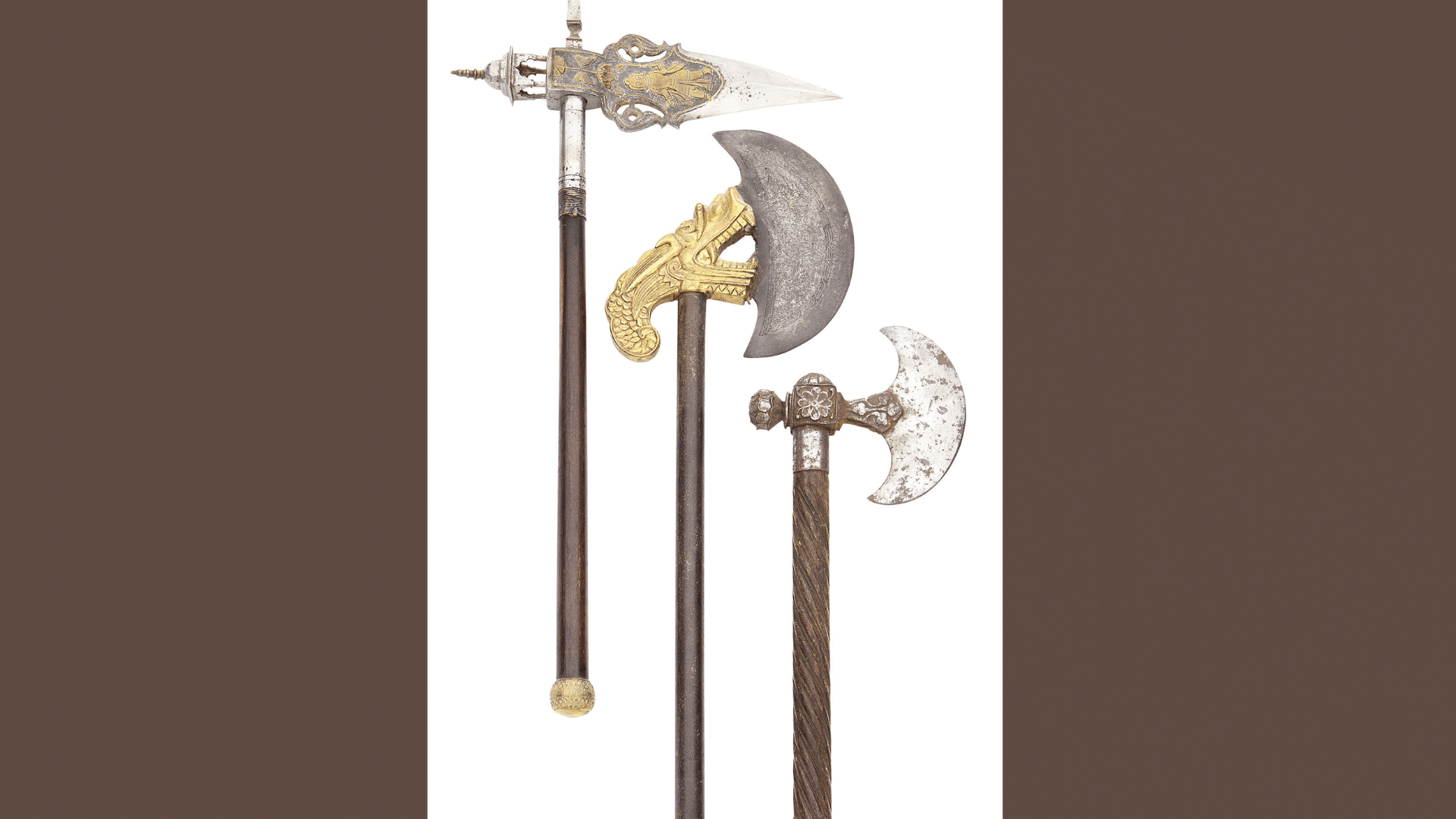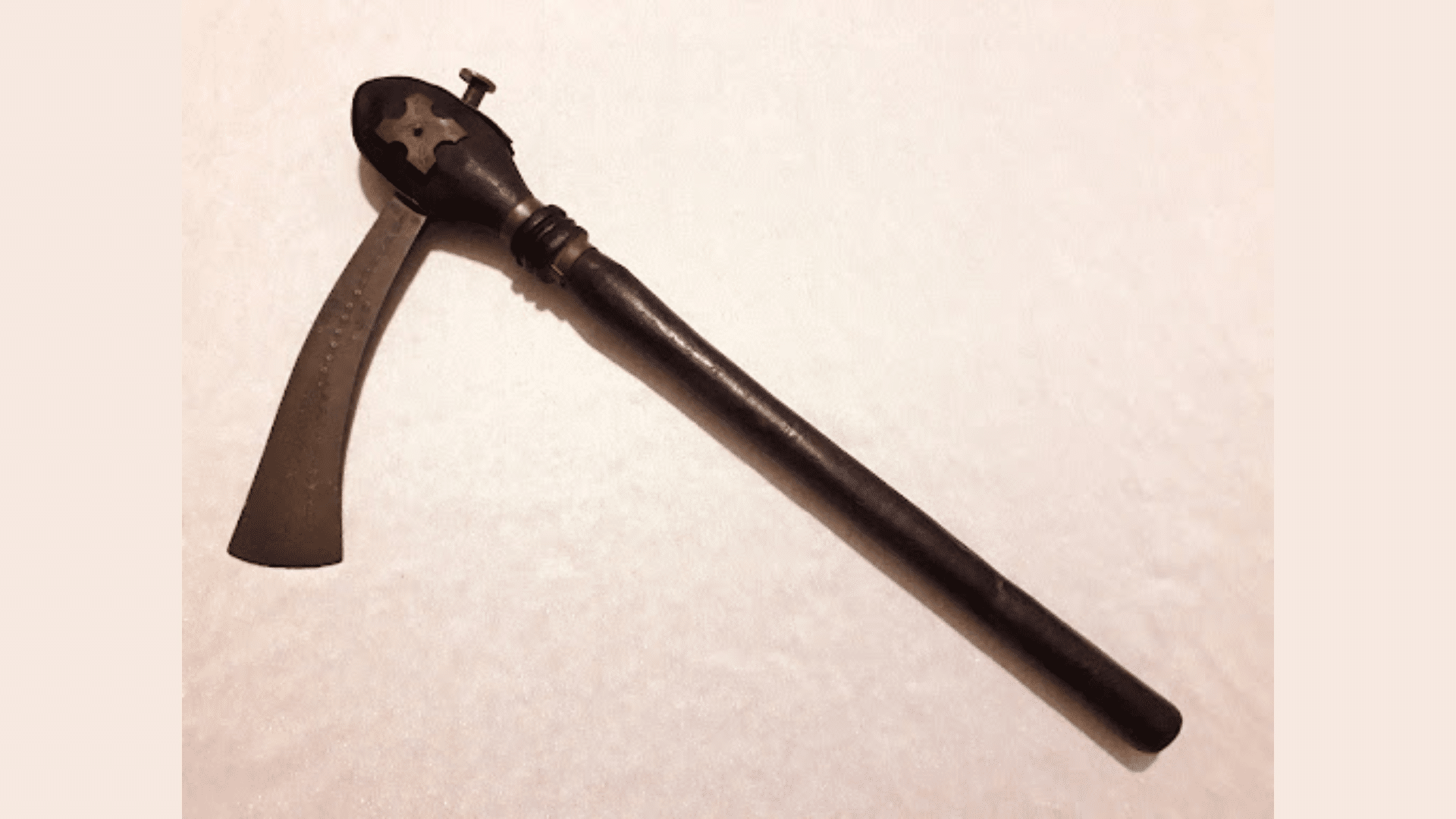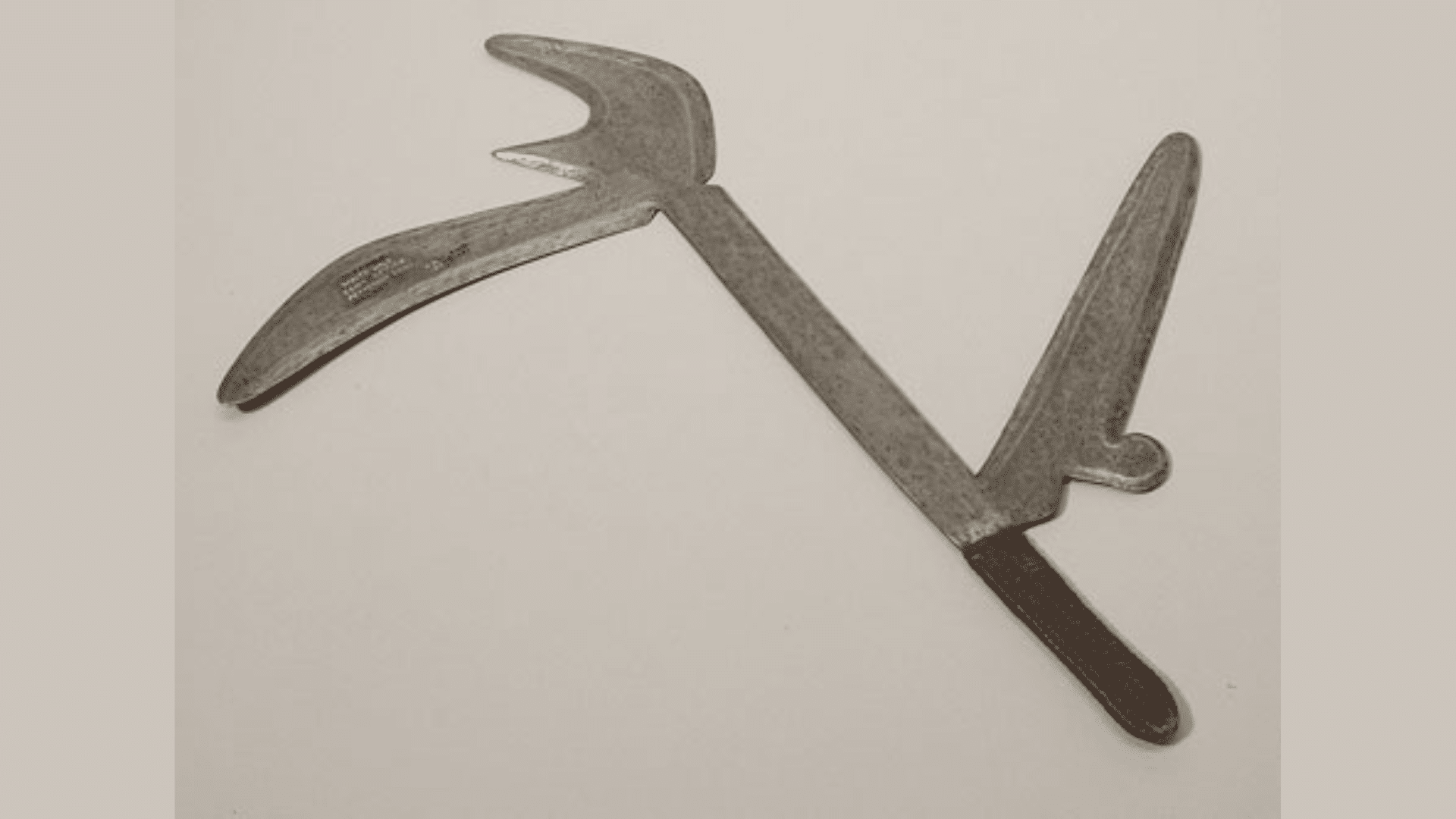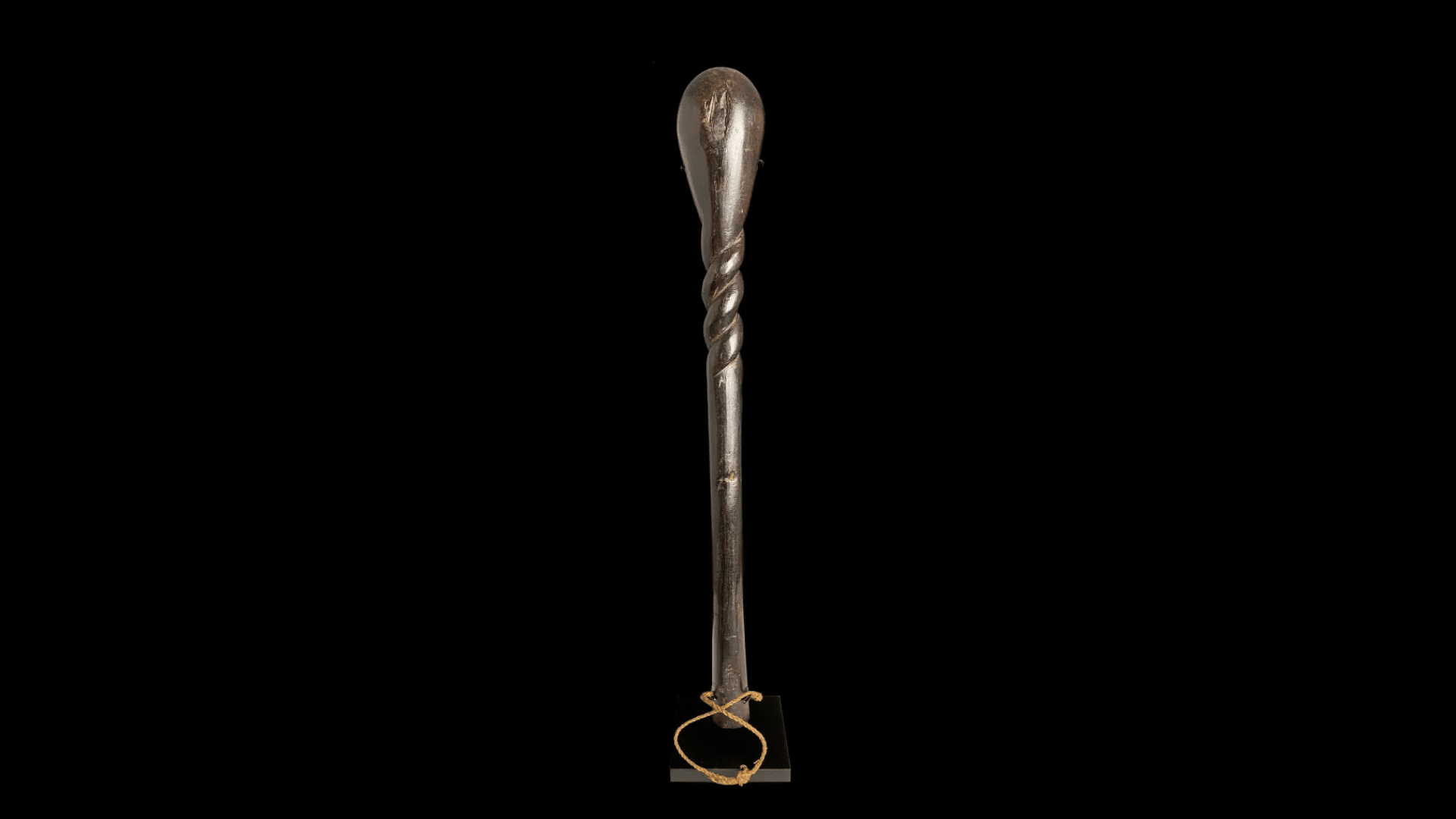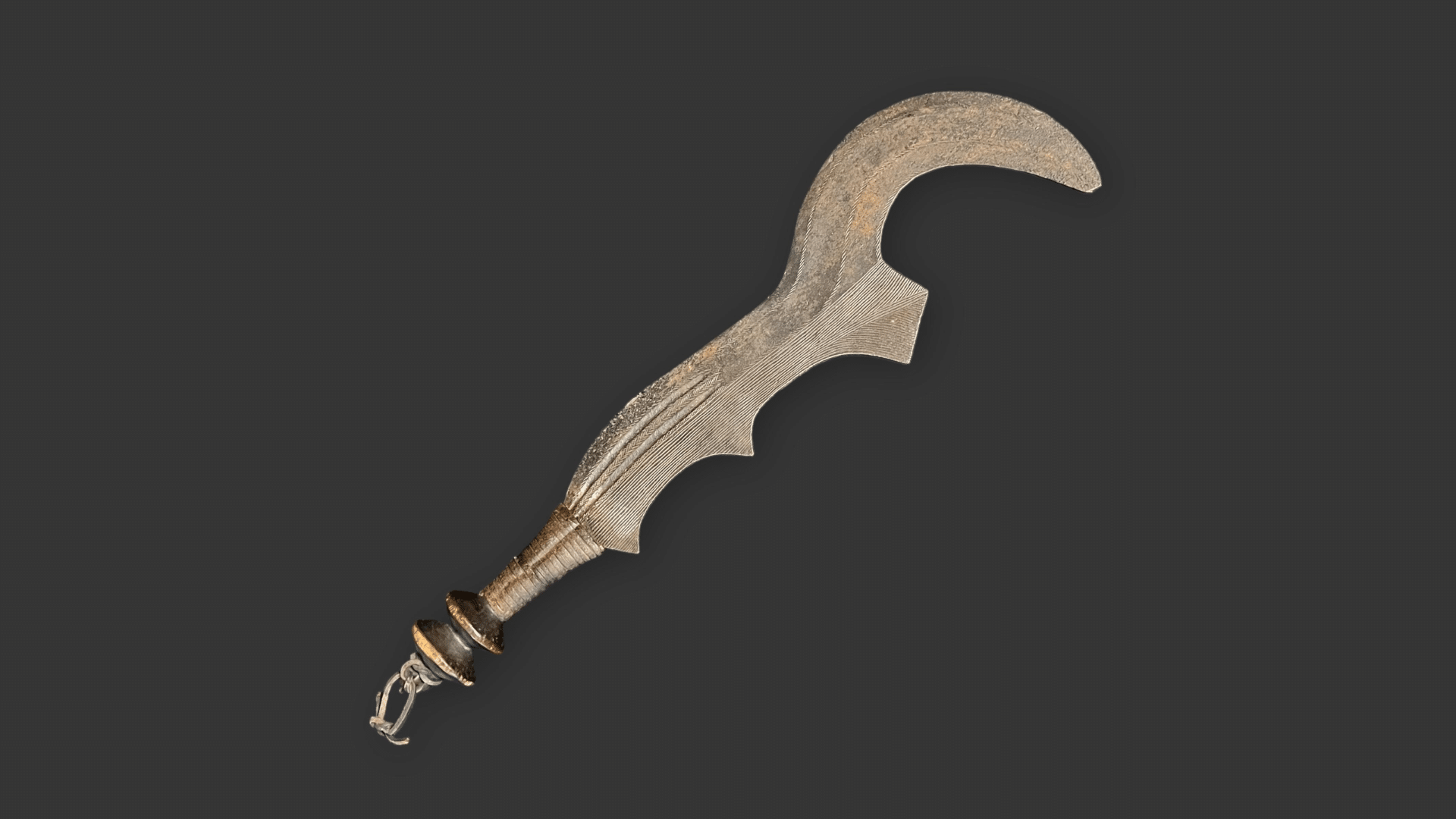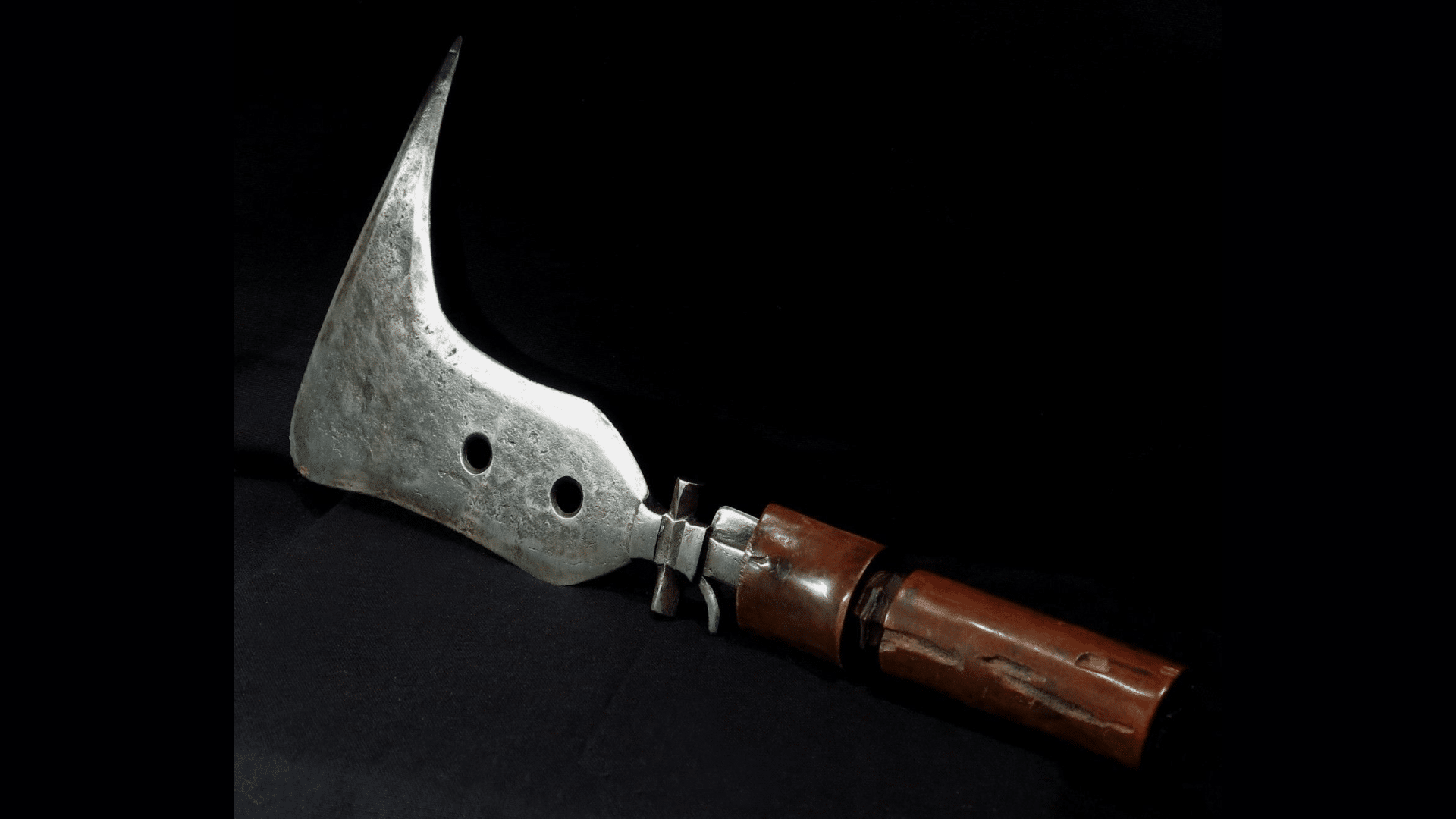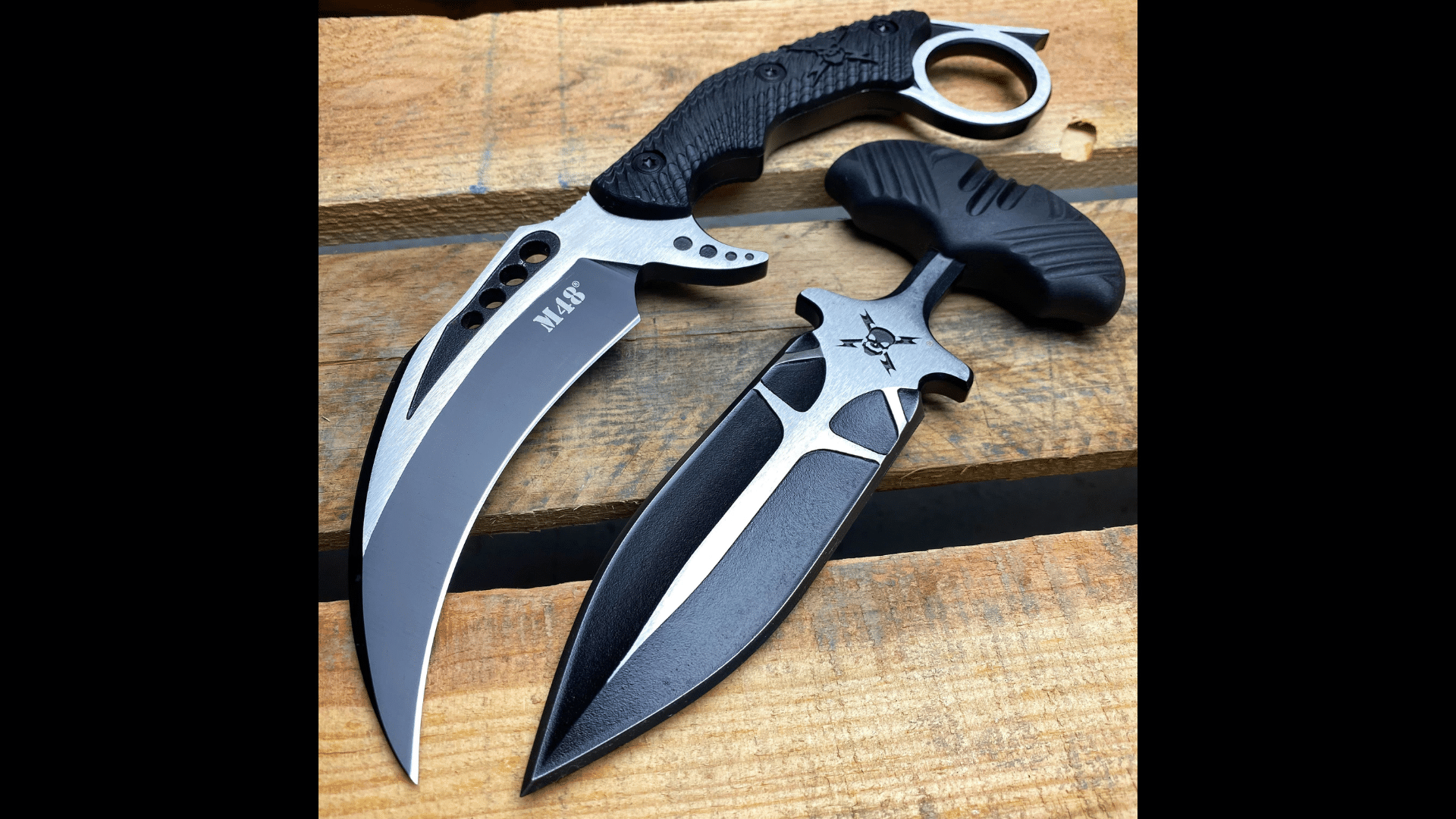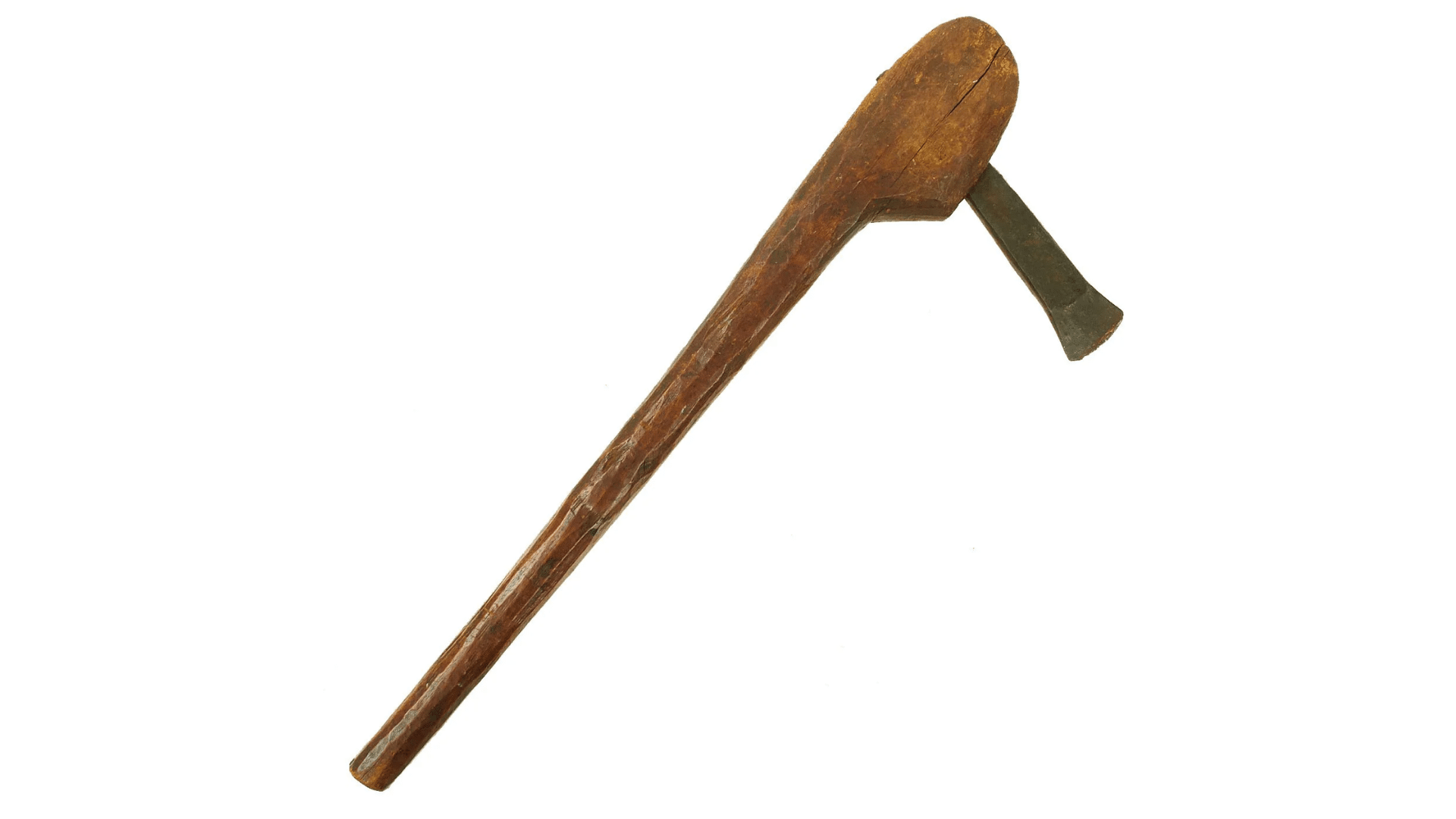Across the African continent, different communities created weapons not just for fighting, but also to show who they were.
From curved swords to powerful clubs, each piece had a reason behind its shape, size, and design.
Some were built for speed, others for strength, and many held deep meaning in their tribes.
The materials came from the land, wood, hide, iron, and stone, and were shaped with great skill.
Weapons were often decorated with care, showing that they meant much more than just war.
This blog brings together many of these traditional weapons, sharing how they were made, used, and remembered by the people who held them.
The Cultural Significance of African Weapons
African weapons were more than tools of war; they held deep cultural meaning. Many tribes saw them as signs of honor, leadership, and tradition.
Weapons were passed down through generations, used in important ceremonies, and shown off during dances or gatherings.
Some were beautifully carved or decorated, not just for battle but to show pride, heritage, and identity.
They told stories about those who carried weapons, brave warriors, noble chiefs, or skilled hunters. In many ways, weapons reflected African history, values, and spirit.
Traditional African Swords
Below are five traditional swords that reflect the strength, design skills, and cultural depth found across different African regions and tribes.
1. Takouba
The Takouba is a straight, double-edged sword used by the Tuareg and other Saharan tribes. It often features a leather-wrapped grip and a crossguard, both for function and decoration.
Carried by noble warriors and leaders, this sword symbolized authority, tradition, and personal honor. Its design shows both Islamic influence and local craftsmanship passed down through generations.
2. Kaskara
Originating from Sudan, the Kaskara is a straight-bladed sword with a broad, double-edged blade. It was usually worn across the body in a horizontal leather sheath.
Used in both battle and ritual, the Kaskara holds strong cultural value, especially among the Beja and other Sudanese groups. Its elegant design also made it a part of ceremonial dress.
3. Shotel
The Shotel is a uniquely curved Ethiopian sword created to reach around shields and strike hidden targets. Favored by cavalry and elite warriors, its distinct shape gave it a tactical advantage in battle.
Beyond the battlefield, the Shotel was also carried during processions and ceremonies, showing rank and skill among the Ethiopian military classes.
4. Mambele
The Mambele is a throwing sword with multiple sharp edges and hooked curves, used mainly in Central Africa. Its unusual shape made it deadly in both hand-to-hand combat and long-range attacks.
It was also used in tribal rituals and symbolized power, bravery, and justice. Each region had its own version, showing great variety in form and function.
5. Ngombe Execution Sword
This ceremonial sword from the Congo was not made for war, but for formal executions and public rituals.
The Ngombe Execution Sword features ornate details, wide blades, and symbolic markings. It represented authority and justice within the tribe. These swords were often carried by chiefs or judges and were respected for their role in upholding community law.
Traditional African Shields
Let’s take a look at five powerful shields that protected warriors and represented cultural values in African history and warfare.
6. Zulu Shield (Isihlangu)
The Isihlangu is a large cowhide shield used by Zulu warriors during battle and ceremonies. It served as both protection and a symbol of rank.
Its oval shape and size helped block attacks, while patterns and colors showed tribal identity. These shields were also displayed in war dances and carried by leaders during military formations.
7. Maasai Shield
Made from tough buffalo hide, the Maasai shield is oval and often painted with bold tribal designs. It was used for defense in battles and also played a key role in ceremonies and rites of passage.
Young Maasai warriors, called Morans, carried these shields during their training, showing their readiness, strength, and cultural pride.
8. Dinka Shield
The Dinka shield comes from South Sudan and is crafted from thick animal hide, usually hippo or giraffe. It was used in warfare, community rituals, and traditional dances.
Its strength made it ideal for close combat, while its appearance showed social rank and courage. Warriors held it during ceremonies to represent honor and readiness.
9. Nubian Shield
This oval-shaped shield, made of wood and hide, was used by the ancient Nubians in battles during the time of the pharaohs and Kushite kings.
These shields stood for bravery and military strength. Soldiers carried them into war, while leaders used them in royal processions and ceremonial events.
10. Somali Shield
The Somali shield is circular and covered in animal hide, often decorated with patterns or natural dyes. While it provided defense in battle, it was also used in cultural performances, dances, and displays.
Worn alongside traditional swords, the shield was a part of warrior dress and carried during public gatherings or festivals.
Traditional African Spears and Throwing Weapons
Here are some traditional examples of spears and throwing weapons that show how skillfully African warriors handled distance and close-range battles.
11. Assegai (Iklwa)
The Assegai, also called Iklwa, is a short stabbing spear made famous by Zulu leader Shaka. It was designed for close combat and has a broad metal tip and a short wooden shaft.
Easy to control and powerful at short range, it changed how Zulu warriors fought and made their attacks faster and more deadly.
12. Rungu
The Rungu is a short, strong club used in East Africa, especially by the Maasai and Samburu. It was thrown in battle or used in hand-to-hand fights.
Made from wood with a round head, the Rungu symbolized leadership and strength. Tribal elders often carried one as a sign of authority and respect.
13. Hunga Munga
The Hunga Munga is a sharp, curved throwing blade used in parts of West and Central Africa. Its several cutting points and unique shape make it dangerous when thrown.
It was used in rituals and ceremonies, as well as fighting. Each group had its own version, with different styles and names.
14. Makrigga
The Makrigga is a long spear with barbed tips, mainly used in Central Africa. The sharp barbs made it hard to remove once it hit a target, making it useful for both hunting and battle.
Warriors and hunters used it for larger animals or enemies, and it was often carried during tribal missions.
15. Samburu Spear
This spear comes from the Samburu people of Kenya. It’s long, light, and made for both throwing and close fighting.
The metal tip is sharp and narrow, while the shaft is balanced for control. Young warriors carried it during their training and used it for protection, hunting, and traditional ceremonies.
African Knives, Daggers, and Axes
Find these unique daggers and axes that combine function and form, playing important roles in defense, rituals, and cultural identity.
16. Ikul
The Ikul is a short ceremonial dagger from the Kuba people of Central Africa. It’s not made for battle but is carried by nobles and high-ranking men.
Its small, flat blade and detailed handle show status and tradition. Often worn during important events, the Ikul is a symbol of dignity, rank, and heritage.
17. Billao
The Billao is a double-edged dagger from Somalia with a curved handle and a wide blade. It was used in close fights and as part of a warrior’s daily wear.
The handle is often made of horn or wood and shaped for an easy grip. The Billao is also worn with traditional clothing and displayed with pride in ceremonies.
18. Zaghnal
The Zaghnal is a battle axe with a pointed, curved blade, used by Berber warriors in North Africa. It was strong enough to break armor and pierce shields.
Though made for war, it was also carried during processions or royal events. The Zaghnal’s design reflects both strength in battle and importance in tradition.
19. Tabouka Axe
The Tabouka is a crescent-shaped axe used by the Songhai and other West African groups. It was carried in battle and also used for practical work.
Warriors liked it for its balance and wide cutting edge. The shape made it easy to swing in close fights, and it often showed the warrior’s experience and rank.
20. Njiga
The Njiga is a heavy, axe-like weapon from Central Africa with a thick, cleaver-shaped blade. It was used in close combat to strike with force and scare opponents.
Its large size and sharp edge made it effective in short-range battles. Warriors carried it to show power and bravery, especially during tribal conflicts or defenses.
Blunt and Defensive Weapons
Here are five powerful blunt weapons that were used in tribal fights, ceremonies, and as symbols of respect or leadership.
21. Knobkerrie
The Knobkerrie is a traditional club from Southern Africa with a thick, round head. Made from strong wood, it was used for self-defense, hunting, and in battles.
Warriors also carried it during dances and ceremonies. It symbolized strength and courage, and older men often used it as a walking stick or a sign of authority.
22. Ntebiru
The Ntebiru is a carved wooden war club from Cameroon. It was used during ritual duels and for protecting villages. The detailed head made it both a weapon and a cultural object.
Leaders and warriors valued it for its power and meaning. It also appeared in dances or as part of traditional warrior dress.
23. Mangbetu War Club
This war club comes from the Mangbetu people of Central Africa. It has a long wooden handle and a carved, decorative head.
Though strong enough for battle, it’s also known for its beautiful design. Used in fights and as a status symbol, the Mangbetu war club shows the mix of art and strength in African weapons.
24. Toma Throwing Knife
The Toma throwing knife is a multi-purpose blade from West Africa with a unique curved shape and sharp edges. It was used in war, hunting, and rituals.
Warriors threw it from a distance, and it could spin through the air. It’s also a cultural symbol, often worn with pride or displayed during ceremonies
25. Bantu War Club
The Bantu war club is a simple, strong weapon made from hardwood. It was used across Central and Southern Africa for striking enemies in close-range combat.
It had a plain look but was very effective. Tribal fighters carried it for battle and protection, and it also played a role in dances and traditional events.
Craftsmanship and Material Use in African Weaponry
African weapons were shaped with care and meaning, using local materials and handmade methods passed down through generations of skilled makers.
- Local Materials: African weapons were made from what was available, wood, animal hides, stones, bones, and metals like iron and copper.
- Unique Designs: Each tribe had its weapon styles and designs, often based on the land, animals, and local traditions.
- Decorative Touches: Many weapons had carvings, beads, feathers, or paint to show rank, tribe, or even spiritual beliefs.
- Handmade Skills: Blacksmiths and craftsmen were respected in society. They shaped every piece by hand with great care and detail.
Preservation and Legacy of African Weapons
| ASPECT | DESCRIPTION |
|---|---|
| Museums & Archives | Traditional weapons are now preserved in museums across Africa, Europe, and America. |
| Cultural Festivals | Tribes still display replicas in dances, parades, and reenactments to keep traditions alive. |
| Modern Inspiration | Artists, filmmakers, and designers draw ideas from these weapons for fashion, films, and storytelling. |
Conclusion
Each weapon in African history tells part of a larger story. They were designed with purpose, carried with pride, and kept with care.
Some stood at the center of great battles, while others stayed close to homes and families.
Their details are whether in carvings, shapes, or colors, reflected culture, honor, and knowledge. Though times have changed, these weapons remain important.
They now live in museums, festivals, and stories, showcasing what once protected and united communities. The strength of each sword, shield, or spear was in their meaning, not just use.
Looking back at these traditional weapons gives a clearer view of the people, their lives, and the values they stood for.

